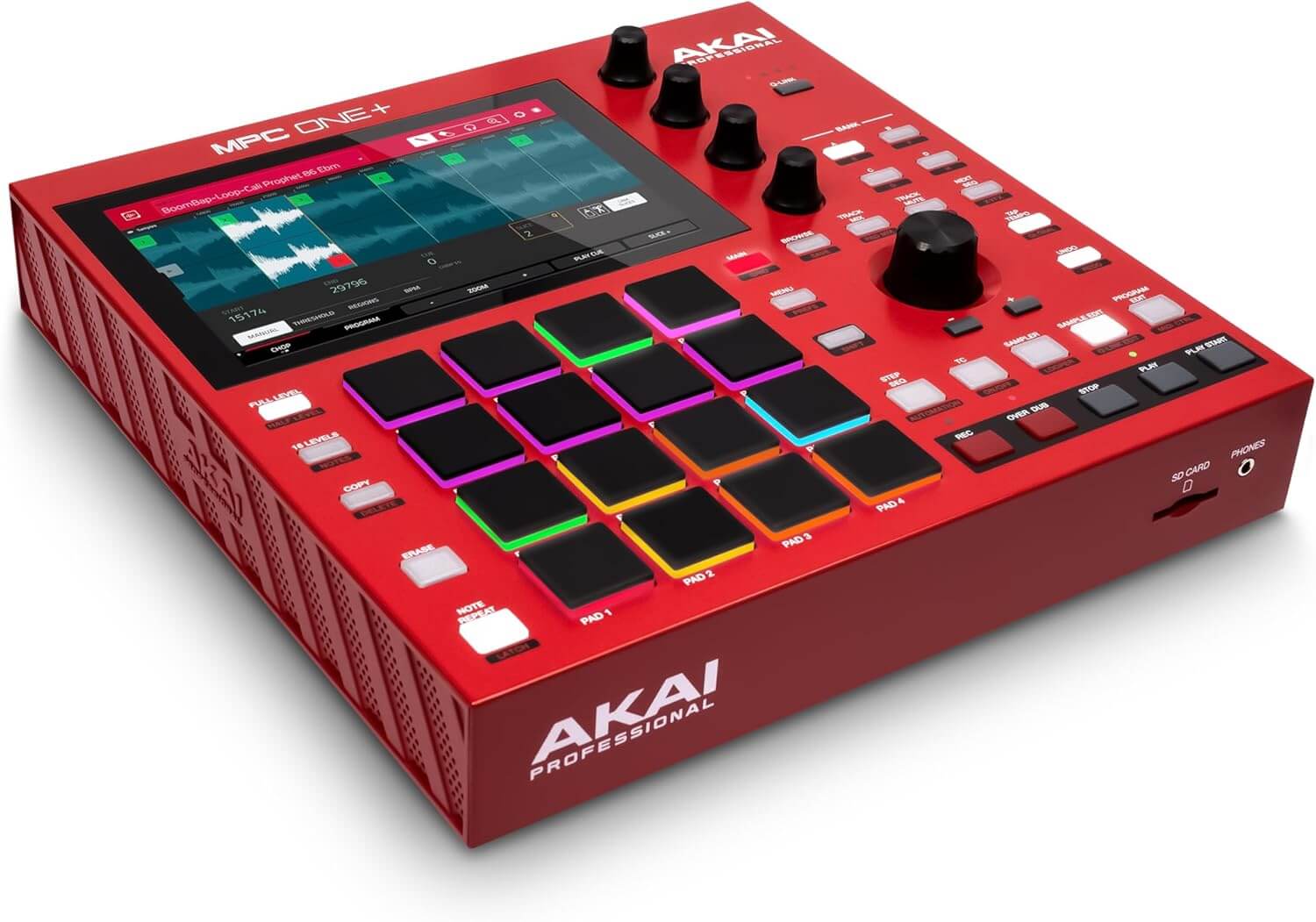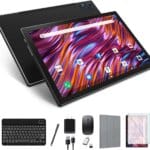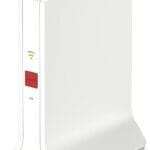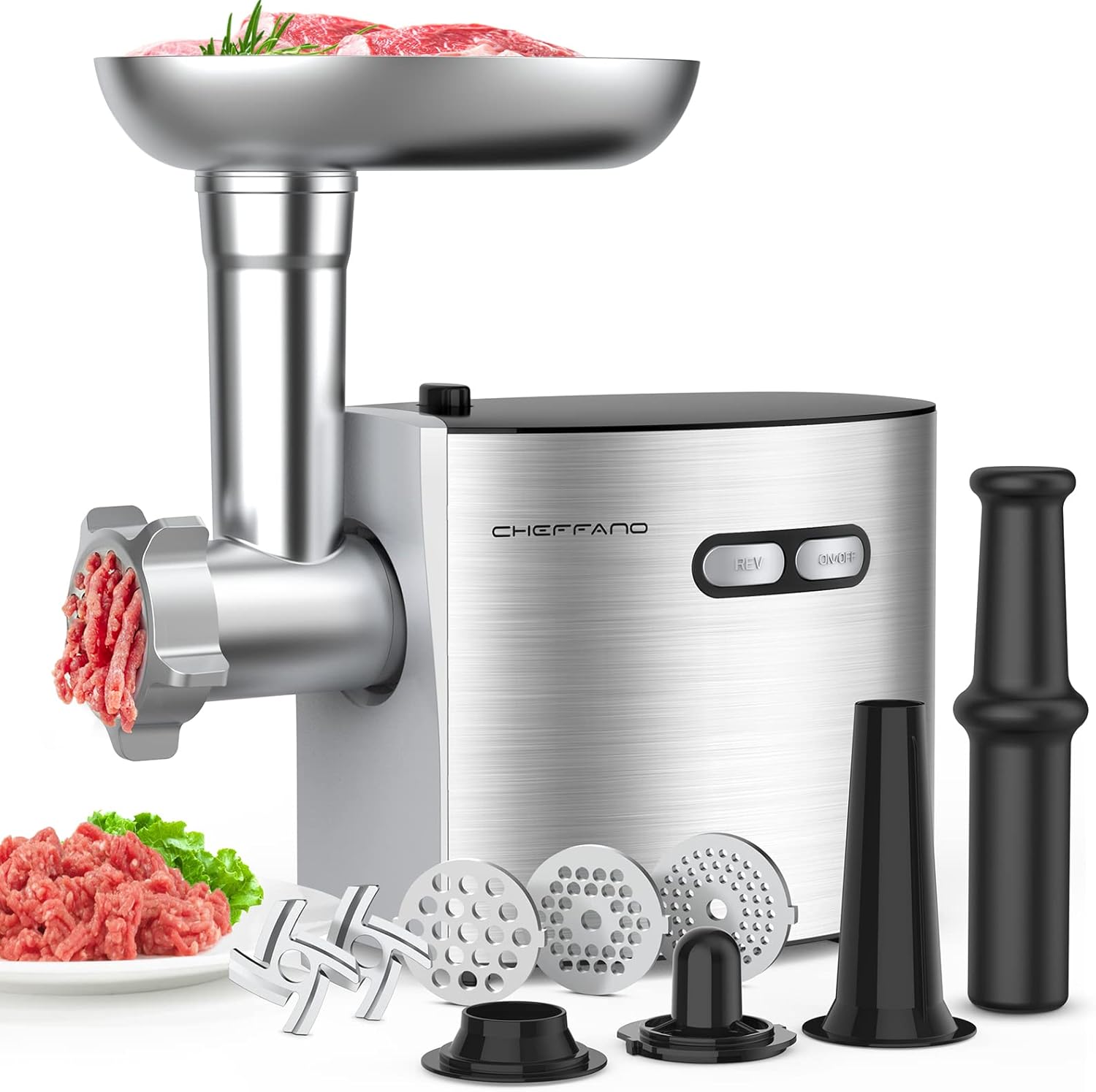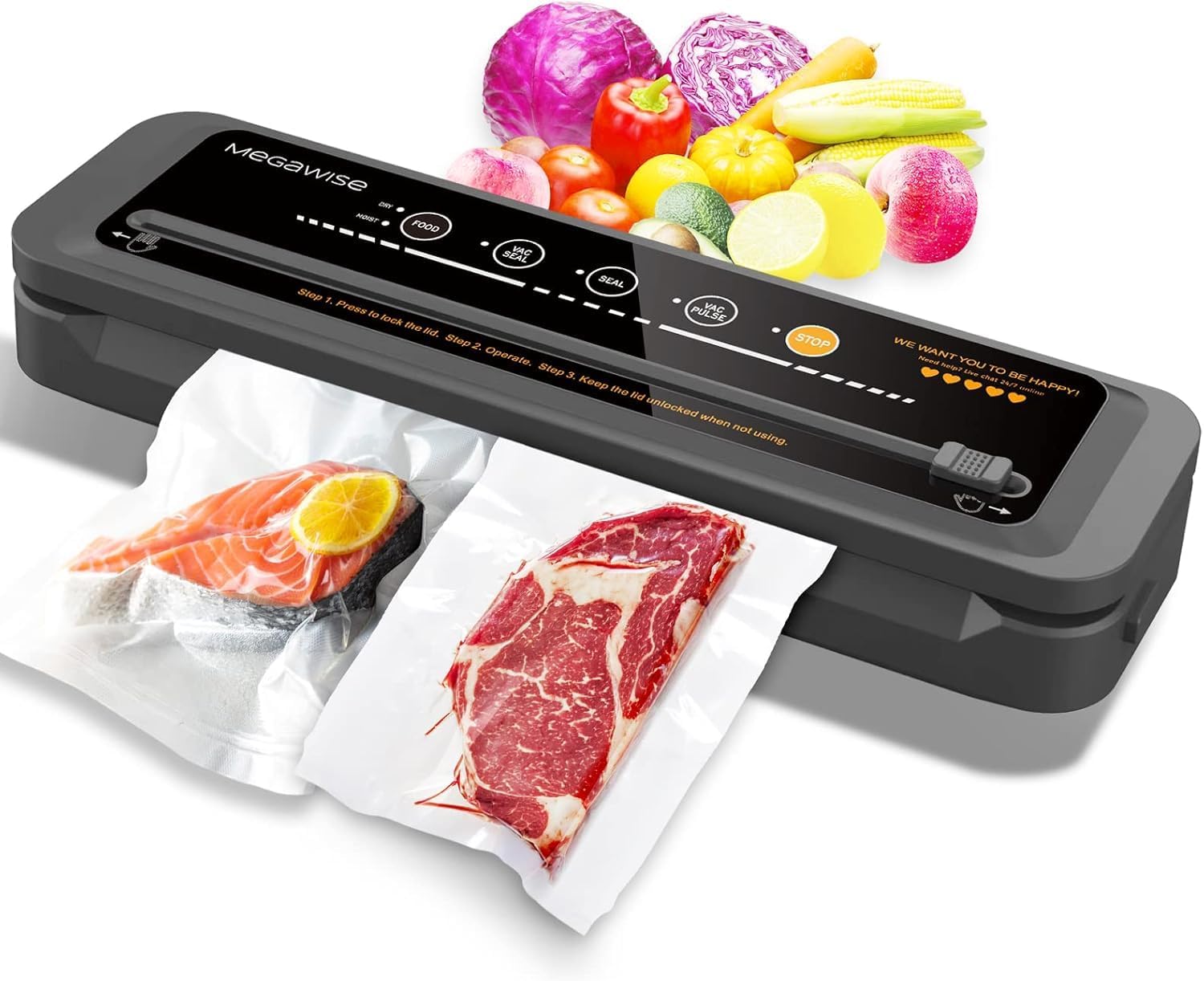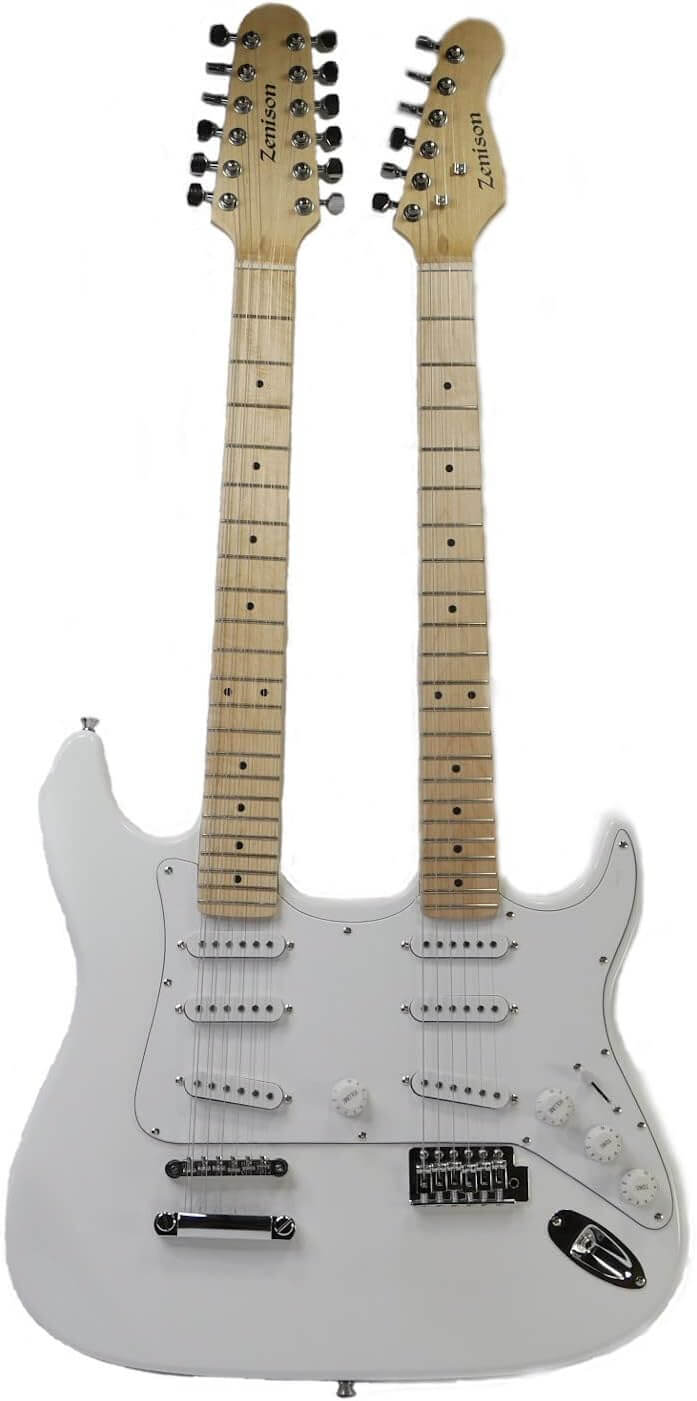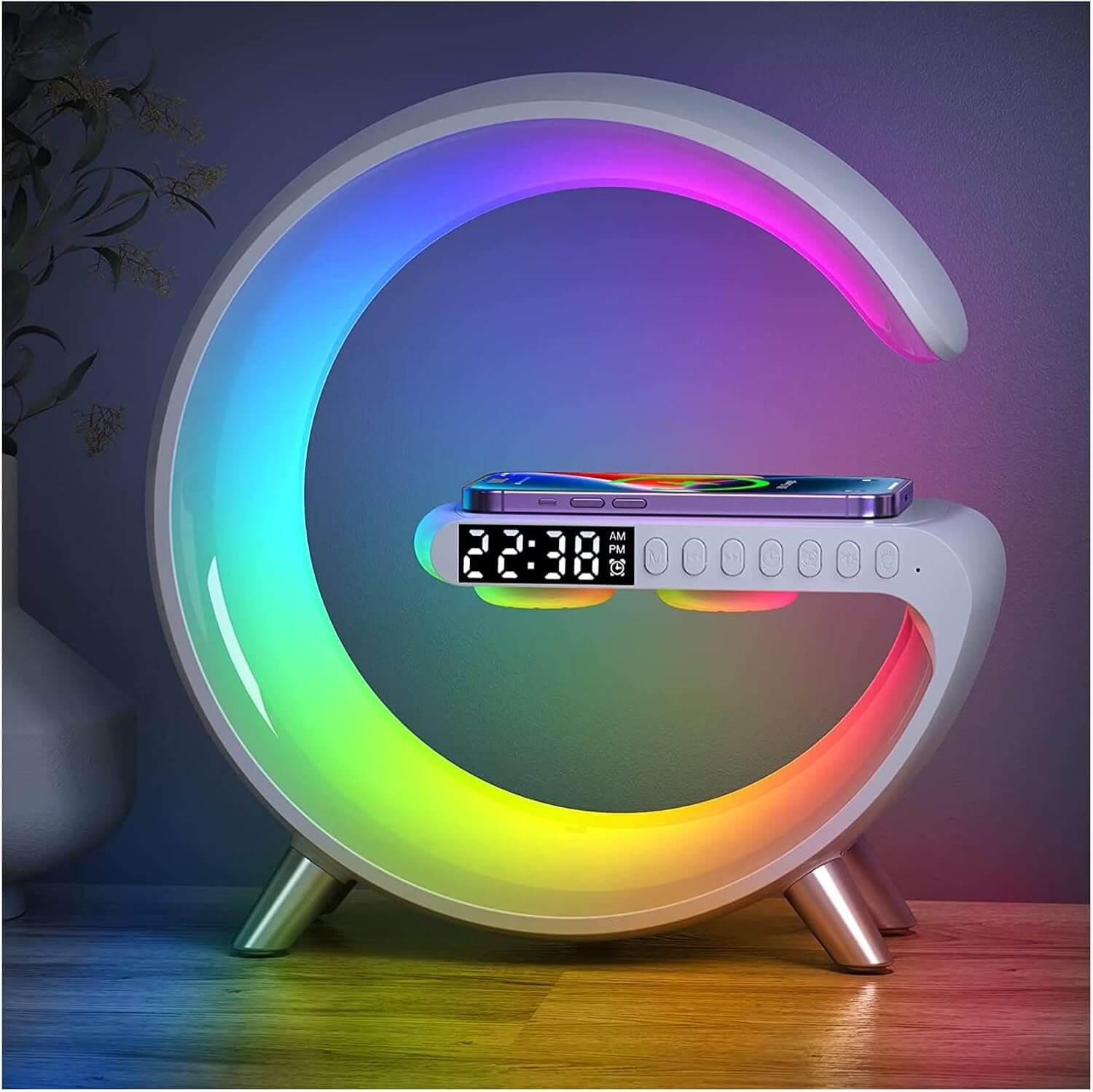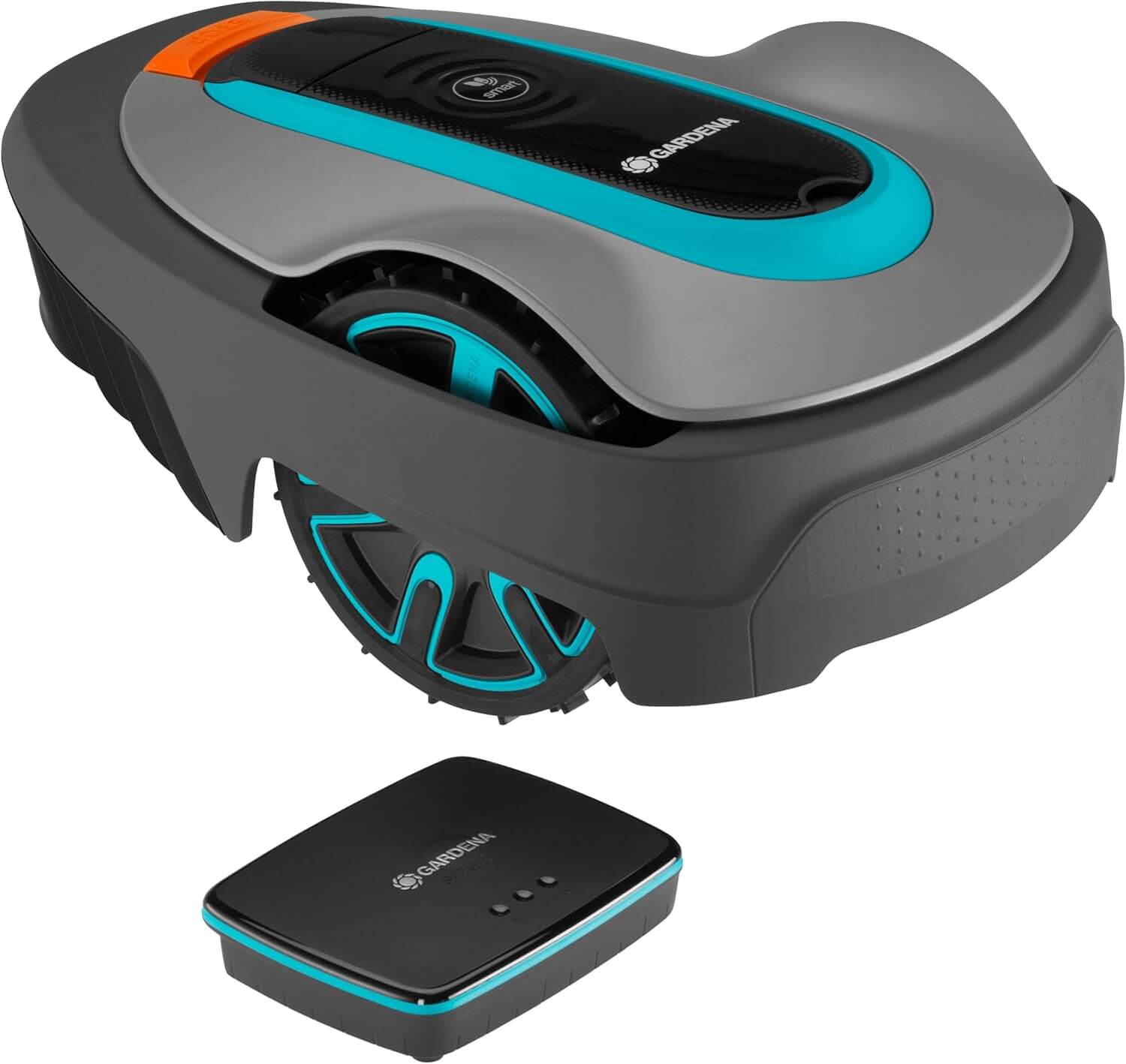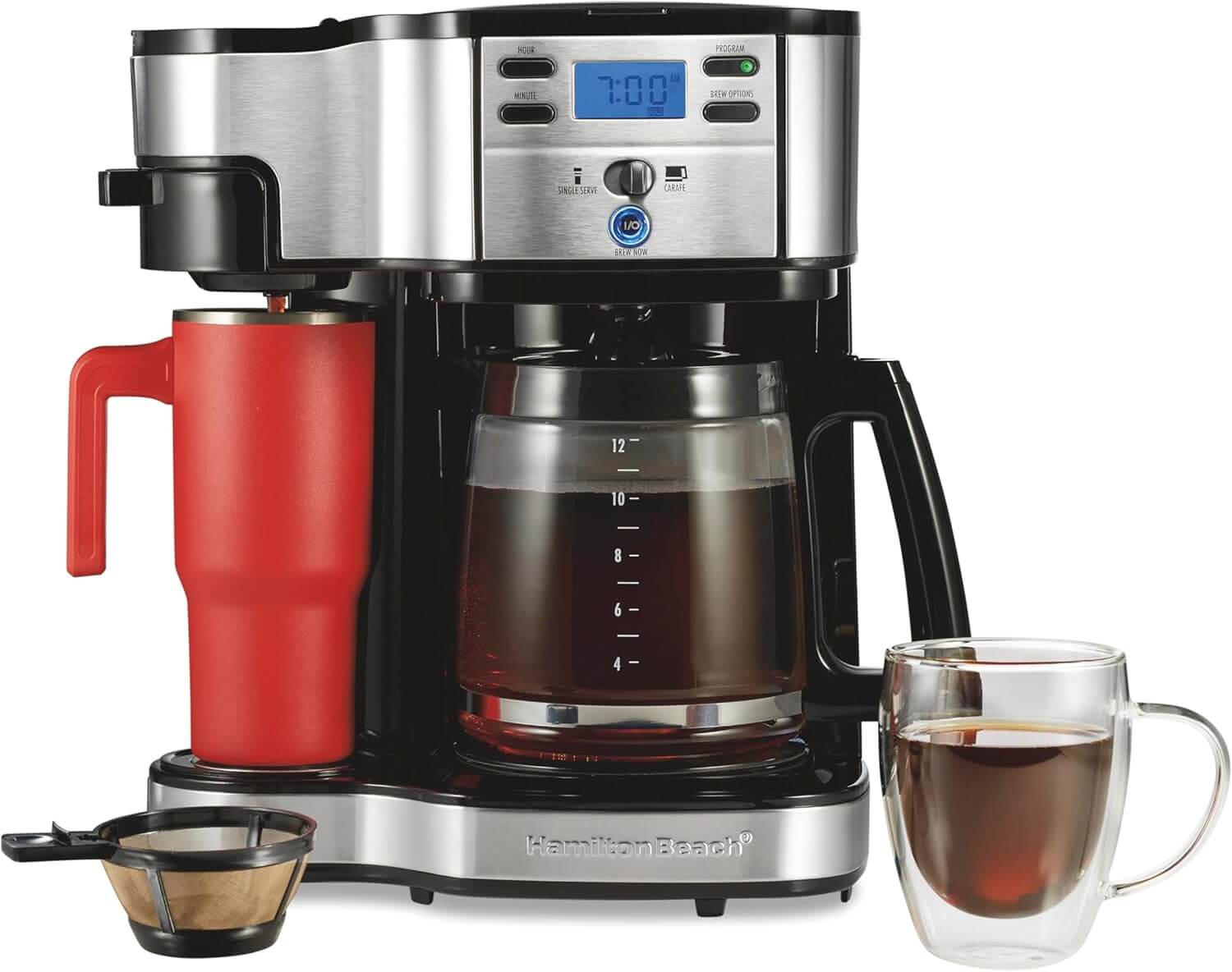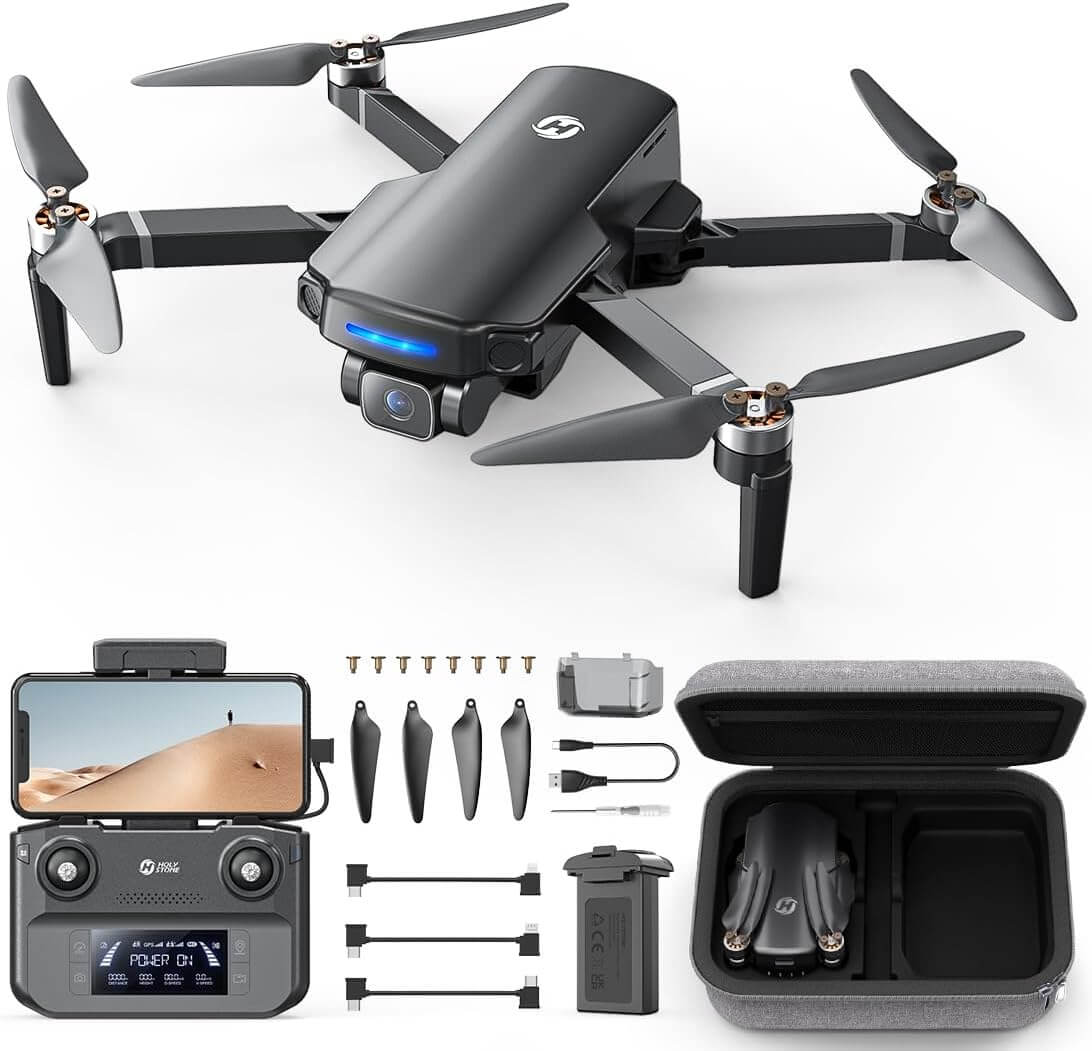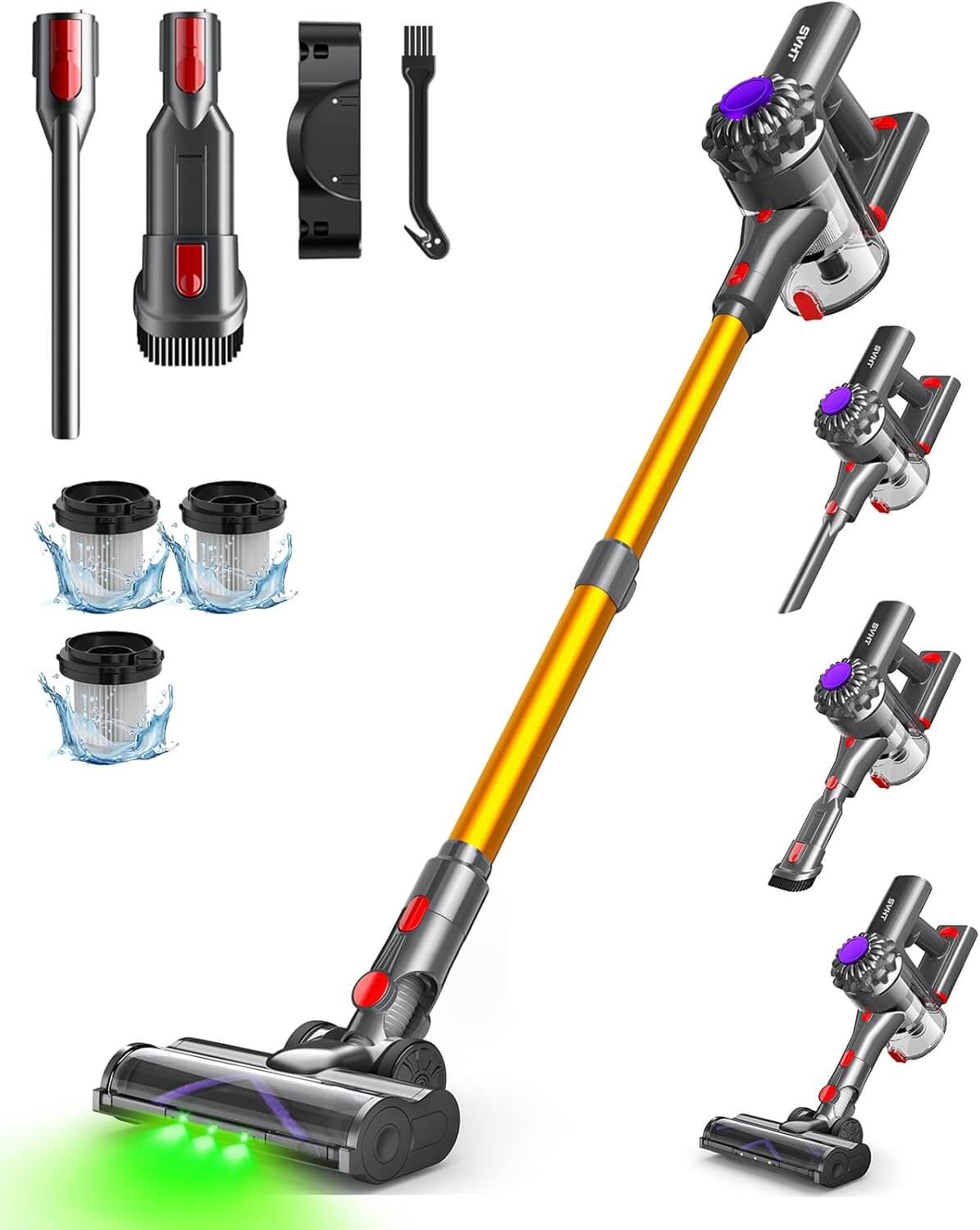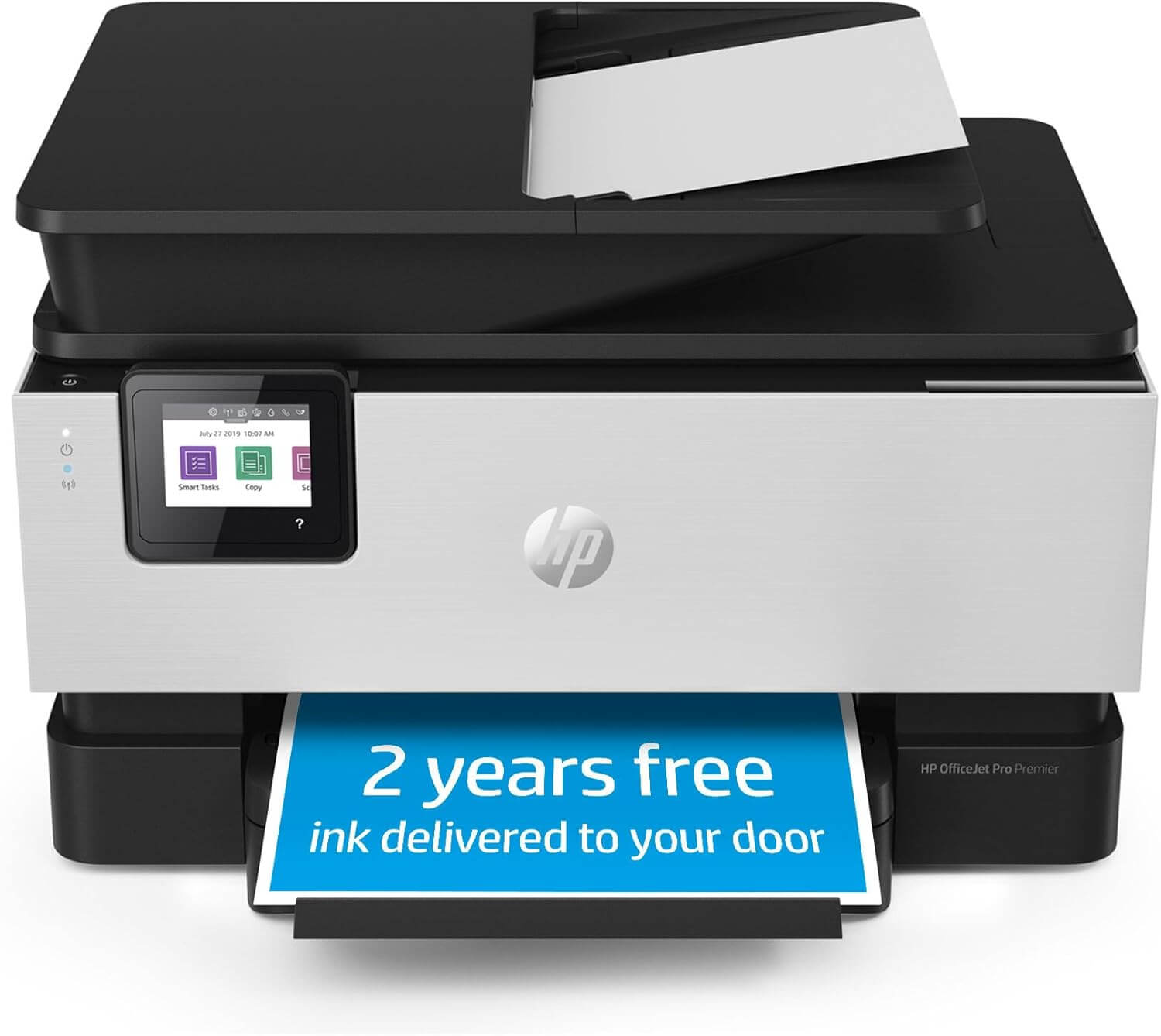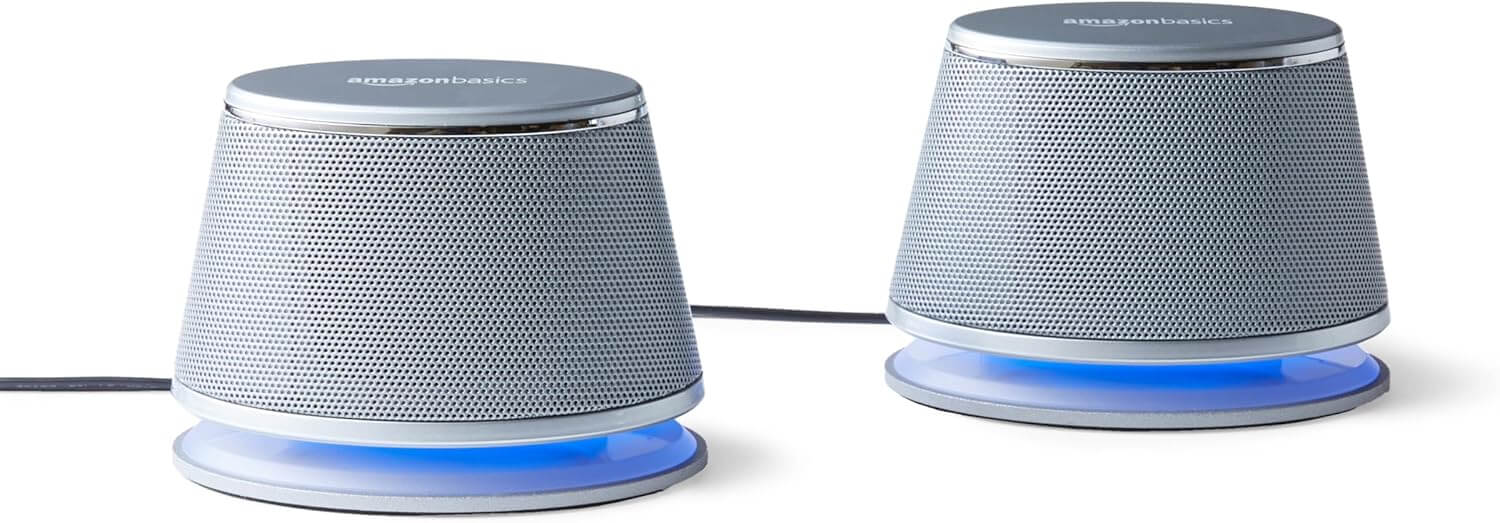Introduction to the Akai Professional MPC One
The Akai Professional MPC One has emerged as a significant contender in the realm of standalone beat-making devices, combining the functionalities of a drum machine and MIDI controller within a compact and user-friendly design. Launched as part of the iconic MPC series, it brings a wealth of features that cater to artists, producers, and musicians looking for a versatile tool to aid in music production. Its standalone capabilities allow users to create, edit, and perform music without the need for a computer, making it ideal for artists who require mobility and flexibility in their workflow.
One of the most striking features of the MPC One is its integration of built-in Wi-Fi and Bluetooth functionalities. This wireless connectivity allows users to easily access and download sounds from Akai’s expansive library or connect to other devices seamlessly, enhancing the overall beat-making experience. Users can swiftly transfer files, collaborate with fellow musicians, and incorporate a wide range of sounds into their projects, all while remaining untethered from traditional studio setups.
The MPC One has garnered acclaim within the music production community, owing to its intuitive interface and powerful tools that empower users to express their creative visions. Its 16 RGB pads are not only responsive but also provide visual feedback, making it easy to create intricate rhythms and patterns. Furthermore, the device supports various sampling techniques, allowing for extensive manipulation of audio clips, which is a hallmark of the MPC legacy.
Ultimately, the Akai Professional MPC One is positioned as a modern, versatile solution for beat makers and musicians alike, providing a blend of innovative technology and user-friendly features that simplify the music production process while delivering high-quality results.
Key Features and Specifications
The Akai Professional MPC One is a versatile tabletop music production unit that brings an array of features tailored for both budding musicians and seasoned producers alike. At the heart of the MPC One are the responsive 16 velocity-sensitive drum pads, which provide a comfortable and intuitive playing experience. These pads can be utilized for triggering samples, creating beats, and laying down melodies, ensuring versatility in beat-making workflows.
Another standout element of the MPC One is its comprehensive suite of synth plug-ins. This includes the MPC’s proprietary plugins as well as compatibility with third-party options, allowing users to expand their sound palette extensively. Producers can experiment with an impressive range of virtual instruments, creating unique and dynamic tracks without the need for additional hardware, which speaks to its capability as a fully standalone beat maker.
Moreover, the MPC One features a user-friendly touchscreen interface that streamlines navigation. This high-resolution display offers an efficient workflow, making it easy to access various functionalities such as sample editing, track sequencing, and effects processing. The touchscreen is responsive, ensuring that users can operate the unit efficiently, even in complex projects.
Connectivity options are also plentiful with the MPC One, as it is equipped with Wi-Fi and Bluetooth capabilities. This enables seamless integration with other devices and the potential for wireless sample transfer, which enhances the overall user experience. Additionally, it is compatible with Native Instruments software, meaning users can easily incorporate their previously owned VSTs into their projects. All these features combine to position the MPC One as a powerful tool for music creation, regardless of the user’s level of expertise.
Design and Build Quality
The Akai Professional MPC One embodies a combination of aesthetic appeal and functional design, making it a noteworthy addition to the lineup of standalone beat makers. With its compact dimensions and lightweight construction, the MPC One is designed with portability in mind, allowing for easy transport between studio and live performance environments. Measuring at just 12.5 inches in width and 10.5 inches in depth, this device fits seamlessly into any setup without overwhelming the space.
Constructed from high-quality materials, the MPC One exhibits a robust build that withstands the rigors of both professional and casual use. The chassis, crafted from a blend of durable plastic and metal, provides enhanced stability while ensuring the device remains lightweight. This combination of durability and portability contributes to its effectiveness during performances where mobility is essential. The sleek design is complemented by an intuitive layout, featuring strategically placed pads, knobs, and buttons that promote an efficient workflow.
One of the standout aspects of the MPC One’s design is its 7-inch multi-touch display, which is responsive and user-friendly. This screen allows for quick access to various functions and features, enhancing the overall experience for beat makers. Additionally, the backlit pads are not only aesthetically pleasing but also perform exceptionally well in low-light environments, ensuring that artists can create without limitation.
Furthermore, the inclusion of multiple input and output options enhances the versatility of the MPC One, accommodating a range of connectivity needs. Whether used within the confines of a studio or as part of a larger live setup, this standalone beat maker excels in both scenarios. The thoughtful design elements come together to create a unit that is not only visually appealing but also highly functional, satisfying the demands of modern music production and performance.
User Experience and Interface
The Akai Professional MPC One is designed with user experience in mind, providing an intuitive interface that caters to both novice and seasoned producers. The centerpiece of the MPC One is its responsive touchscreen, which offers a vibrant display that enhances navigation through various features. The touchscreen is not only tactile but also user-friendly, allowing for smooth scrolling and quick access to different functions. This design element greatly simplifies the workflow, enabling users to focus on creativity rather than technical hurdles.
In addition to the touchscreen, the layout of the controls on the MPC One plays a crucial role in its usability. The device features well-placed pads, knobs, and buttons that make it easy to manipulate sound and effects intuitively. For beginners, the clearly labeled controls provide a hassle-free experience, while experienced producers will appreciate the ability to customize and access complex features quickly. The MPC One’s layout encourages exploration, allowing users to connect with the device on a deeper level and enhance their musical creation process.
Navigating through the software of the MPC One is equally streamlined. The operating system integrates seamlessly with the hardware, giving users immediate feedback and allowing for real-time performance. This integration makes it easier to record, edit, and manipulate samples effectively. There is a sense of coherence in how all elements come together, from sequencing to mixing, fostering an efficient environment conducive to producing high-quality tracks. Overall, the Akai Professional MPC One stands out in terms of user experience, balancing complexity with accessibility, and offering a versatile platform for beat-making that meets the needs of all users.
Sound Engine and Production Capabilities
The Akai Professional MPC One is renowned for its exceptional sound engine, which serves as the core of its beat-making capabilities. At the heart of the MPC One lies a robust processor, delivering high-quality audio playback and responsiveness that meet the demands of both novice and professional music producers. The device boasts a comprehensive library of drum sounds that span various genres, enabling users to craft intricate beats with ease. Each drum hit is meticulously sampled and designed to ensure clarity and depth, resulting in a polished production.
In addition to the extensive drum sounds, the MPC One is equipped with powerful synth plug-ins. These virtual instruments expand the sonic palette available to users, providing opportunities to explore unique soundscapes and textures. The inclusion of synth plug-ins promotes creativity, allowing beat makers to layer their sounds or modify them extensively to suit their artistic vision. Furthermore, the intuitive interface streamlines the process of sound manipulation, making it straightforward for users to dial in the desired tone quickly.
Another notable feature of the MPC One is its expandability, which significantly enhances its production capabilities. Users can augment the device’s existing sound library through the integration of additional software or sound packs. This flexibility means that producers are not confined solely to the onboard sounds; instead, they can continuously evolve their projects by incorporating new elements that inspire fresh musical ideas. Ultimately, the combination of a high-quality sound engine, diverse drum sounds, versatile synth capabilities, and expandability makes the Akai Professional MPC One a powerful tool for any beat maker looking to elevate their music production experience.
Connectivity and Integration
The Akai Professional MPC One is designed with versatile connectivity options that enhance its functionality as a standalone beat maker. One of the standout features is its USB capabilities, allowing users to connect external drives for additional storage or to import sounds and samples easily. This flexibility ensures that musicians can expand their library as needed, facilitating creativity without limitations.
In addition to USB connectivity, the MPC One supports MIDI connections, providing a seamless interface with a wide range of hardware instruments. This feature is particularly beneficial for users looking to integrate the MPC One into a more extensive music production setup. By connecting various synthesizers, drum machines, and other MIDI-compatible equipment, producers can create intricate compositions that leverage the strengths of each device.
Moreover, the inclusion of Bluetooth capabilities is a noteworthy advancement, enabling wireless connectivity with compatible devices. This feature simplifies the process of syncing the MPC One with tablets or smartphones, providing a convenient way to control software applications and access additional sound libraries or production tools.
Wi-Fi connectivity further elevates the MPC One’s integration potential, allowing users to connect to music production software and online resources. This connectivity can be particularly beneficial when using software from Native Instruments, a leader in production and sound design. The seamless integration with Native Instruments software enhances workflow by allowing users to utilize familiar tools and sounds while maintaining the standalone benefits of the MPC One.
Overall, the comprehensive connectivity options available on the Akai Professional MPC One facilitate an expansive and efficient music-making experience. The ability to connect with various hardware, apply wireless solutions, and integrate with popular software platforms positions the MPC One as a versatile tool for both aspiring and seasoned musicians.
Pros and Cons
The Akai Professional MPC One has garnered significant attention within the music production community, serving as a capable standalone beat maker. However, users must weigh the advantages and disadvantages before integrating this device into their workflow.
One prominent advantage of the MPC One is its user-friendly interface. The touchscreen display, coupled with tactile pads, facilitates intuitive navigation, allowing producers to create beats efficiently. This accessibility is particularly beneficial for newcomers to music production, as they can quickly grasp the core functionalities without feeling overwhelmed. Additionally, the unit’s solid build quality ensures durability, making it suitable for both studio and live performance environments.
Another strength of the MPC One is its extensive sampling capabilities. The device supports a wide range of audio formats and allows users to manipulate sounds effortlessly. With the inclusion of powerful effects, quantization, and sequencing options, producers can experiment creatively. The onboard memory and storage options further enhance the MPC’s performance, enabling artists to store extensive libraries of samples and projects directly within the unit.
However, despite these strengths, the MPC One does have some limitations. While it boasts impressive features, certain users have noted that it may lack the extensive connectivity options available in more advanced models. For instance, the absence of multiple outputs can be a drawback for those seeking to route individual sounds through external mixers or effects processors.
Moreover, some users have pointed out that the learning curve associated with certain features could be challenging, particularly for those transitioning from more traditional DAW setups. The reliance on onboard functions can sometimes feel restrictive for advanced users who prefer a more flexible production environment.
In summary, the Akai Professional MPC One presents a balanced array of features, with notable strengths in usability and sampling, while still facing certain drawbacks related to connectivity and advanced functionality. Ultimately, it is essential for prospective users to consider how these pros and cons align with their individual production needs.
Who Should Consider the MPC One?
The Akai Professional MPC One is an innovative standalone beat maker that appeals to a diverse audience within the music production landscape. Its features and capabilities cater to several distinct user groups, including hobby musicians, professional beat makers, live performers, and educators. Understanding the needs and preferences of these groups can help potential users determine whether the MPC One aligns with their creative goals.
Hobby musicians often seek devices that seamlessly blend usability with creative potential. The MPC One’s intuitive touchscreen interface and user-friendly layout make it an ideal choice for those who enjoy experimenting with rhythms and melodies without getting lost in complex setups. The built-in library of sounds and the ability to sample directly provide ample inspiration for casual music creation, making it accessible for beginners while still offering advanced capabilities for those looking to expand their skills.
For professional beat makers, the requirements typically include advanced sampling capabilities, extensive editing options, and the ability to produce high-quality tracks efficiently. The MPC One, with its robust features and customizable workflow, meets these expectations. This device also supports MIDI connectivity, allowing professionals to integrate it into complex setups with other studio gear seamlessly.
Live performers are increasingly drawn to standalone devices that promote creativity on stage. The MPC One’s portability and performance-oriented features, such as real-time effects and sequences, empower artists to deliver unique live shows. Its ability to manipulate sounds on-the-fly can captivate audiences, making it a valuable tool for those looking to enhance their live sets.
Lastly, educators in music production may find the MPC One to be an excellent teaching aid. Its blend of hardware and software components provides a practical learning experience for students, enabling them to understand music composition, beat making, and sound manipulation. In conclusion, the Akai MPC One offers significant advantages tailored for a variety of users, making it a versatile choice in the beat-making arena.
Conclusion and Final Thoughts
In summation, the Akai Professional MPC One stands out as a versatile and powerful standalone beat maker that caters to both novice and seasoned music producers. Its robust build quality, intuitive interface, and array of features make it an excellent addition to any music production setup. The integration of advanced sampling capabilities, an extensive sound library, and the ability to sequence tracks on the go enhances its utility in various creative scenarios. This device effectively bridges the gap between traditional hardware and modern software, offering users a streamlined workflow that is essential for contemporary music creation.
One of the standout elements of the MPC One is its user-friendly touchscreen interface, which simplifies the sampling and sequencing processes. For creators who prioritize tactile engagement, the responsive pads provide a satisfying performance experience, allowing users to explore their creativity seamlessly. Additionally, features such as MIDI compatibility and the ability to connect external devices ensure that the MPC One can fit into an established studio environment or be used for live performances. Its capacity for expansion and software updates further indicates that Akai is committed to enhancing the user’s experience over time.
As we look towards the future, it is reasonable to expect that Akai will continue to support the MPC One with updates and enhancements, further solidifying its position in the music production landscape. For those considering an investment in a standalone beat maker, the Akai MPC One represents tremendous value, combining quality, functionality, and future-proof potential. Overall, whether you are a beginner looking to explore beat making or an experienced producer seeking a reliable companion for creativity, the MPC One proves to be a wise choice that is worth considering.

